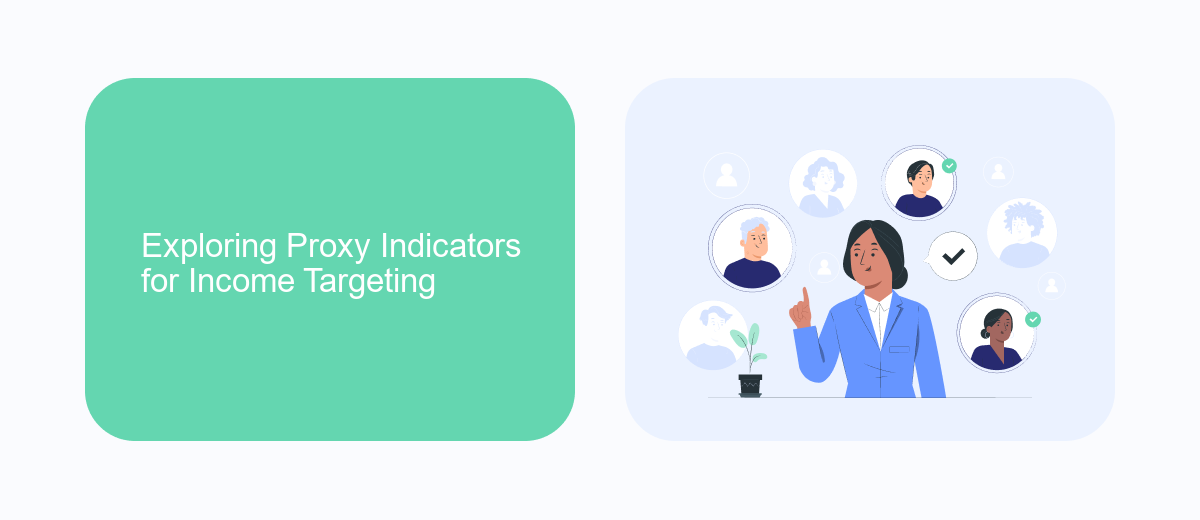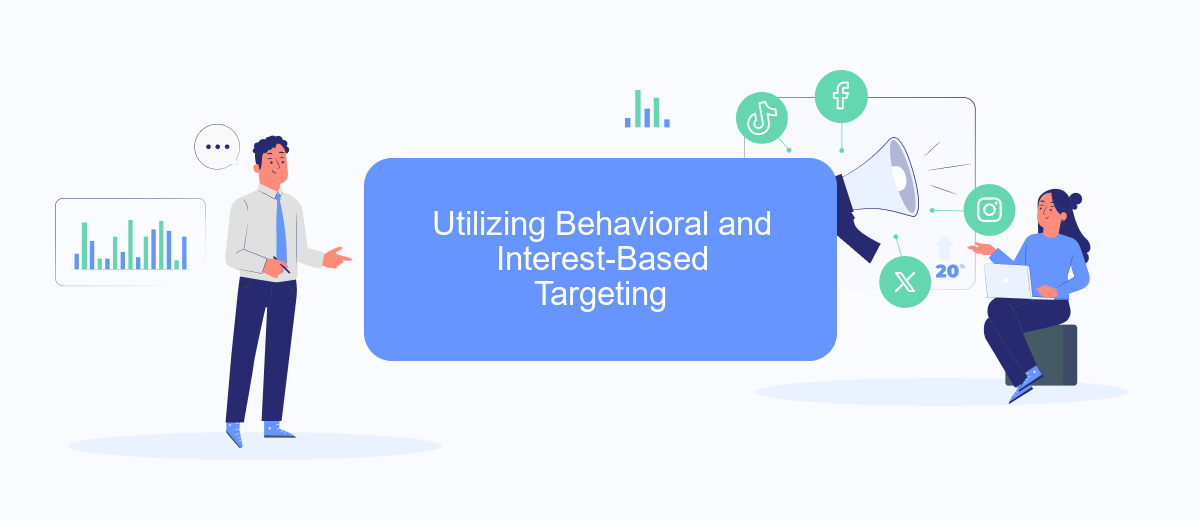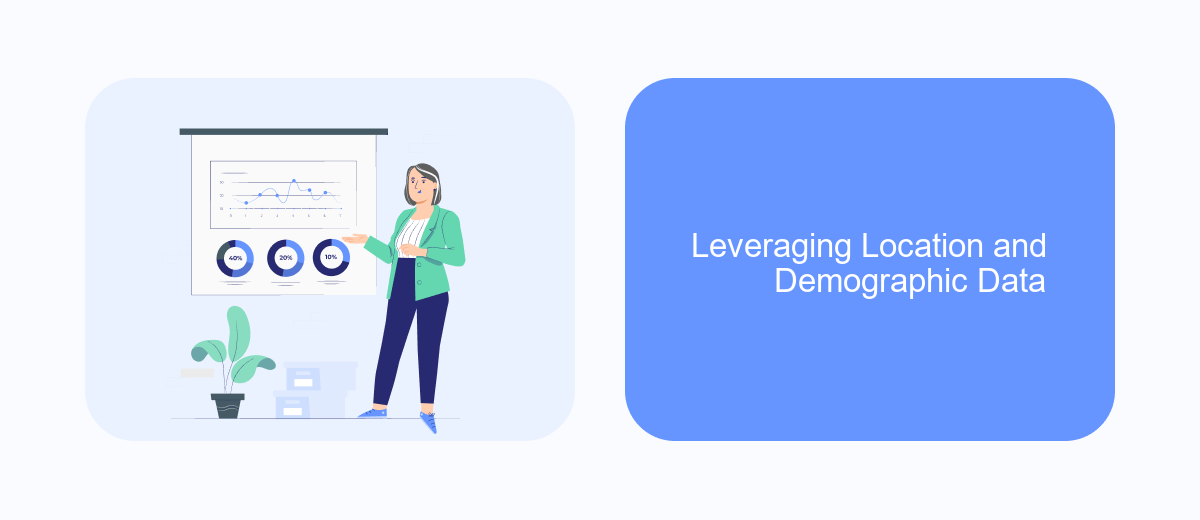In the ever-evolving landscape of digital marketing, advertisers constantly seek more precise ways to reach their target audience. One question that often arises is whether it's possible to target users based on income through Facebook Ads. Understanding the capabilities and limitations of Facebook's advertising platform in this regard is crucial for businesses aiming to optimize their ad spend and achieve better results.
Understanding Facebook's Targeting Options and Limitations
Facebook Ads provides a robust set of targeting options that allow advertisers to reach specific audiences with precision. By leveraging user data, Facebook enables businesses to tailor their ads based on demographics, interests, behaviors, and more. This level of targeting helps companies connect with potential customers who are more likely to be interested in their products or services, ultimately improving the return on investment for advertising campaigns.
- Demographic Targeting: Target users based on age, gender, education, and relationship status.
- Interest Targeting: Reach audiences based on their hobbies, interests, and pages they like.
- Behavioral Targeting: Focus on users' purchasing behaviors, device usage, and travel patterns.
- Location Targeting: Advertise to users in specific regions, cities, or countries.
Despite these comprehensive targeting options, there are limitations. Facebook's targeting relies heavily on user-provided data and behavior tracking, which may not always be accurate or up-to-date. Additionally, privacy concerns and regulatory changes can impact the availability and effectiveness of certain targeting features. Advertisers must stay informed about these limitations to optimize their ad strategies effectively.
Exploring Proxy Indicators for Income Targeting

When attempting to target income levels on Facebook Ads, direct targeting options are limited. However, advertisers can explore proxy indicators to approximate income levels. One effective method is to utilize demographic data such as age, education level, and job titles. For instance, targeting users with advanced degrees or specific high-income job titles can help advertisers reach a more affluent audience. Additionally, location-based targeting can be employed to focus on users residing in areas known for higher income levels, as these regions often correlate with greater purchasing power.
Another approach involves analyzing user interests and behaviors that suggest higher income brackets. Users who engage with luxury brands, travel frequently, or show interest in premium products and services can be indicators of higher income levels. To streamline and enhance targeting efforts, integrating tools like SaveMyLeads can be beneficial. SaveMyLeads automates the process of connecting various data sources, allowing advertisers to efficiently gather and analyze user data to refine their targeting strategies. By leveraging these proxy indicators and tools, advertisers can more effectively reach their desired income demographics on Facebook.
Utilizing Behavioral and Interest-Based Targeting

Behavioral and interest-based targeting on Facebook Ads allows advertisers to reach users based on their online activities and expressed interests. This method leverages data on user behavior, such as pages liked, content interacted with, and purchase history, to create a more personalized ad experience. By understanding these patterns, advertisers can craft messages that resonate more deeply with potential customers.
- Identify key behaviors and interests relevant to your product or service.
- Use Facebook's Audience Insights tool to gather data on user preferences and actions.
- Create custom audiences based on specific behaviors, such as frequent online shoppers or tech enthusiasts.
- Test different ad creatives and messages to see which resonates best with your targeted segments.
- Continuously monitor and adjust your targeting strategy based on performance metrics.
By effectively utilizing behavioral and interest-based targeting, businesses can significantly enhance their ad relevance and engagement rates. This approach not only increases the likelihood of reaching the right audience but also maximizes return on ad spend by focusing efforts on users most likely to convert. As a result, advertisers can achieve more efficient and impactful campaigns on the Facebook platform.
Leveraging Location and Demographic Data

Utilizing location and demographic data in Facebook Ads can significantly enhance your targeting strategy, allowing you to reach the most relevant audience. By understanding where your potential customers are located and their demographic characteristics, you can tailor your ads to meet their specific needs and preferences. This approach not only increases the effectiveness of your campaigns but also optimizes your ad spend.
To start, consider the geographical locations that are most relevant to your business. Whether you're targeting a local community or a global audience, Facebook's location targeting tools can help you focus on specific regions, cities, or even neighborhoods. Additionally, demographic data such as age, gender, and interests can further refine your audience, ensuring your ads resonate with the right people.
- Identify key geographical areas for your business.
- Use demographic filters to target specific age groups and genders.
- Leverage interests and behaviors to refine audience targeting.
- Continuously monitor and adjust your targeting strategy based on performance data.
By effectively leveraging location and demographic data, you can create highly targeted Facebook Ads that connect with your audience on a personal level. This strategic approach not only boosts engagement but also drives better conversion rates, ultimately contributing to your business's success.


Measuring and Optimizing Your Income-Focused Campaigns
To effectively measure and optimize your income-focused campaigns on Facebook Ads, start by setting clear objectives and key performance indicators (KPIs) that align with your income goals. Use Facebook's Ads Manager to monitor metrics such as click-through rates, conversion rates, and return on ad spend (ROAS) to determine the effectiveness of your campaigns. Regularly reviewing these metrics will help you identify which ads are performing well and which ones need adjustments. Utilize A/B testing to experiment with different ad creatives, targeting options, and bidding strategies to find the most profitable combinations.
Incorporating automation tools can streamline the optimization process. Services like SaveMyLeads can be particularly useful, as they allow seamless integration of Facebook Ads with your CRM or email marketing platforms, ensuring that leads are efficiently captured and followed up. By automating lead management, you can focus on refining your ad strategies based on real-time data. Continuously analyze the performance of your campaigns and make data-driven decisions to enhance your income generation efforts. Regular optimization ensures that your campaigns remain aligned with your financial goals and adapt to changing market dynamics.
FAQ
Can you target income on Facebook Ads?
How can I reach high-income audiences on Facebook?
Is there a way to automate Facebook Ads targeting adjustments?
What demographic options are available for targeting on Facebook Ads?
How can I optimize my Facebook Ads for better targeting?
Are you using Facebook Lead Ads? Then you will surely appreciate our service. The SaveMyLeads online connector is a simple and affordable tool that anyone can use to set up integrations for Facebook. Please note that you do not need to code or learn special technologies. Just register on our website and create the necessary integration through the web interface. Connect your advertising account with various services and applications. Integrations are configured in just 5-10 minutes, and in the long run they will save you an impressive amount of time.
